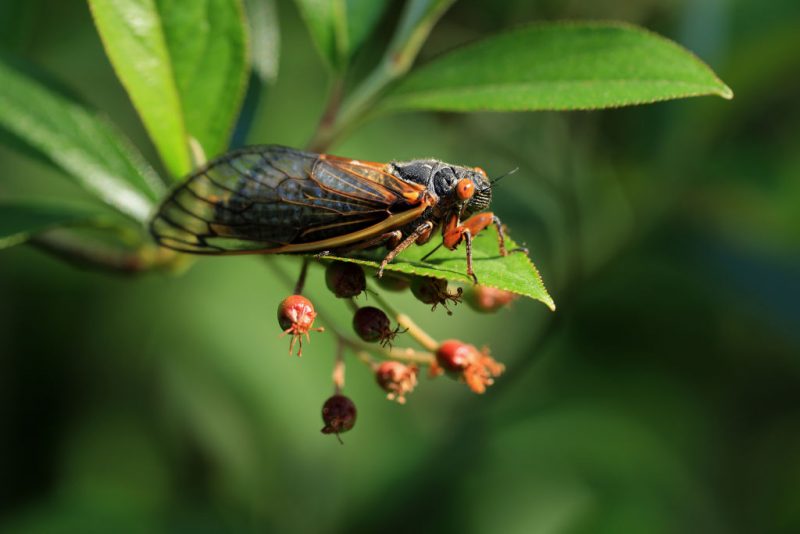
OAN’s James Meyers
2:52 PM – Friday, May 3, 2024
An insect event that hasn’t happened in over 200 years is expected to take place across the United States this spring.
For the first time since 1803, trillions of two different broods of cicada will emerge across over a dozen states, mating and laying millions more eggs, starting in May.
The massive insects hibernate as groups in either 13 or 17-year cycles.
While cicadas are harmless to humans and animals, their loud screaming noise and large gatherings often disturb locals for a month or two when they are usually active.
2024 offers a rare occurrence as two different broods will emerge at the same time. The Great Southern Brood, or Brood XIX, will extend across Alabama, Arkansas, Georgia, Illinois, Indiana, Kentucky, Louisiana, Mississippi, Missouri, North Carolina, Oklahoma, South Carolina, Tennessee and Virginia, according to Illinois Extension.
The other brood, the Northern Illinois Brood, or Brood XIII, is expected to cover that region, plus parts of neighboring Indiana, Iowa, Michigan and Wisconsin.
“But I want to be there just to witness all the cicadas because I think it is going to be one of those deals where they are covering everything: the sides of trees, the sides of buildings, the sides of everything and their path,” said Garry Harrington, Director of the Rum Village Nature Center.
Two different broods don’t often emerge together at the same time, with these particular ones only syncing up once every 221 years. They last emerged in 1803, and their next emergence after this predicted one is estimated to take place in 2245, said Kacie Athey, an assistant professor and extension specialist at the University of Illinois Urbana-Champaign.
Experts claim that the only concern people should be worried about is young trees when the cicadas are out.
“The one thing to be concerned about if you have newly planted young trees is that they could lay eggs and that could be more of a concern so you can get insect netting to cover those smaller trees to protect them from the egg laying there,” said Woolery.
However, cicadas will be very beneficial to wildlife, according to scientists.
“They are really actually going to be beneficial to a lot of wildlife because it’s going to be a smorgasbord of lots and lots of food for every kind of animals, whether it be reptiles and amphibians, whether it’s mammals, especially birds they’re going to be gorging themselves on cicadas, I guarantee it. There are people who eat cicadas too,” said Harrington.
Meanwhile, cicadas have reportedly already begun emerging in Illinois, while in Indiana they are expected to begin emerging in June or July.
Stay informed! Receive breaking news blasts directly to your inbox for free. Subscribe here. https://www.oann.com/alerts

